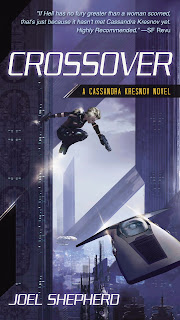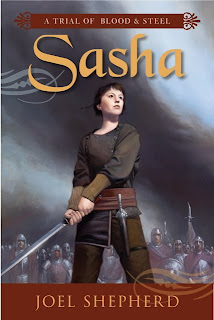Happy New Year!
I was this close to posting a drunken blog last night. We are all quite fortunate that I couldn’t figure out how to work it enough to post my list of authors I have defeated in hand-to-hand combat…
…so that I could post it here today.
You might notice that those are all authors on my own publishing house. You might conclude that I am doing this out of fear of legal or physical or fecal retribution. I assure you, though, I’m not at all above threatening people from other publishers.
Mark C. Newton. Watch your goddamn back.
Anyway, what are your New Year’s Resolutions? Mine is to stop googling my own name. Not only is it shallow, vain and nerve-wracking, but it might also lead to the other people who share my name and it irritates me to no end that they didn’t do as I asked them and changed their names to combination African and Polish names. Shambali Hoedekker, I am looking at you.
I don’t care if those names are accurate or not. This is my blog. MY BLOG.
So, 2010 is going to be a big year! Probably because Tome of the Undergates is a tantalizing four months away (if you’re in Britain; nine if you live in the US or Netherlands). Can you wait that long? Dare you wait that long? Are you possessed of the urge to light a candle in front of its Amazon page and quietly confess in sobbing tones your love for its masculine cover, its enduring thickness, its BRIMMING gore, action, vengeance, romance and philosophical undertones?
You can’t?
Oh…well…uh…
Hey! Instead of stalking and murdering me, my editors or one of the authors/bloggers in possession of an ARC (if you do choose this route, though, go for Lachlan, I’m sick of that smug lupine writer; also, he’s small), why not just read THIS BOLD-ASS POST and see if your estimations of my abilities are enough to get yourself a free ARC!
Deadline is January 13th! We’ve got plenty of guesses (most of them very gracious) but we could use more!
Resolve to enter, read and swear your undying devotion to me!
Also, do not send me nudes. They’re very charming, but I can’t appear biased.
Happy New Year’s!
Edit: It would probably help to include the link to the actual contest. Good lawd.




